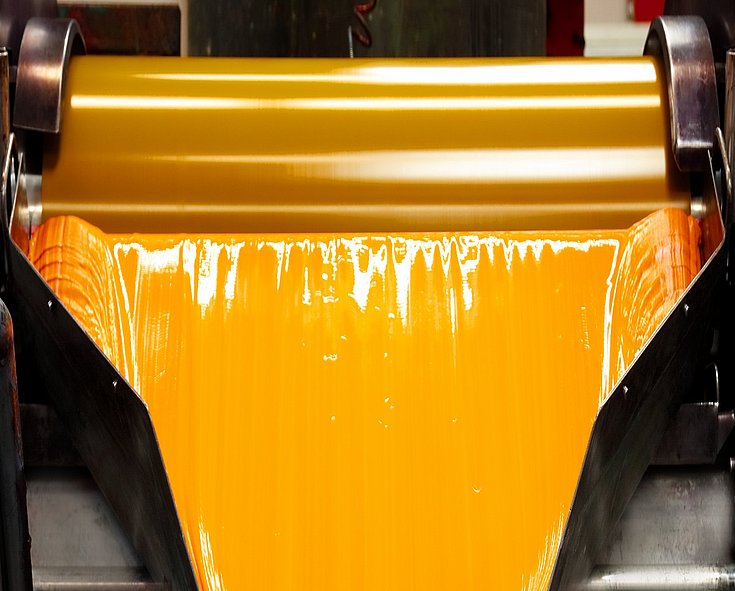
Colors are passion, emotions and personality. At Siegwerk, inks and coatings are our specialty and we use color to bring the packaging and products of our customers to life.

Packaging makes the difference
Packaging is the basis of communication with the customer. Color is its primary factor. Function and communication make packaging an indispensable part of the value chain. That wasn’t always the case. But the more humans started to keep supplies, the more creative they had to become in the development of containers and packaging to keep food edible. Drying and smoking food were among the early technologies, just like pickling or the invention of bottling and canning. As newspapers became common, fish would be wrapped in a page from yesterday’s daily. Modern composite packaging, as used to store and transport drinks, was only invented some 30 years ago – but has long become a dominant technology worldwide.
The price of quality
Today, we have grown used to a great variety of packaging and wrapping for food and other goods that “go on journeys.” Packaging is a strategic commodity upon which we place the highest demands – and they are amply fulfilled. For instance, packaging has to be food-safe, to protect and conserve the content, to facilitate handling and transport. It has to trigger emotions, convey a feeling of quality, guarantee brand recognition, inspire desire and convey brand values. Top quality inks, perfect printing and optimal lamination guarantee emotionality, safety and innocuousness. And yet despite its diversity and quality, packaging only makes a small contribution to the price of a product. With food in particular, other factors determine the price.
Less raw material
Food prices are increasingly dictated by rising raw material and production prices. Today, German consumers spend an average of seven percent more for food than just one year ago. And even experts can’t see an end to this trend. The German food industry association has warned consumers to expect further price rises between one and four percent. A United Nations forecast says that global raw material demand will triple by 2050.
Rising prices
Market experts have been observing strong price fluctuation on the global raw material markets for months and have identified several reasons for this volatility. They see the development in the light of growing speculation on the international raw material markets, of enormously increased demand in Asia – but also of artificially generated shortages that go hand in hand with speculation. Producers and consumers of goods are largely helpless against these developments.
No logical reasons
Such developments on the raw material markets don’t just affect food. For a long time, other raw materials like gold, oil, copper and also the basic raw materials in the printing ink industry have become the object of speculation. Increasing demand, shortages and loss of production drive price increases in this sector, too. For instance, growing demand and a constantly changing market environment have driven the price of rosin – a raw material relevant to packaging – up by a full 400 percent in just 18 months. Market analysts detect price bubbles that can no longer be explained logically.
That strongly impacts packaging manufacturers, who are forced to pass their increased costs on to their customers and thus to consumers. As a global leader in the production of top-quality inks for the packaging industry, internationally active Siegwerk is no longer able to entirely offset the ongoing price increases for raw materials and energy by making its production processes even more efficient. The Siegburg based company is therefore forced to pass on part of the costs to its customers for a transitional period – until the raw material markets have recovered.